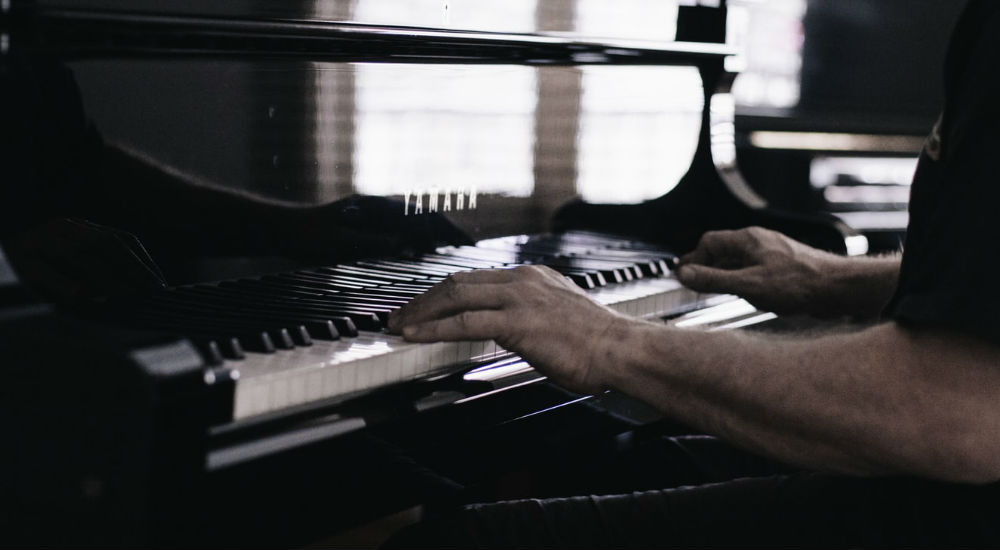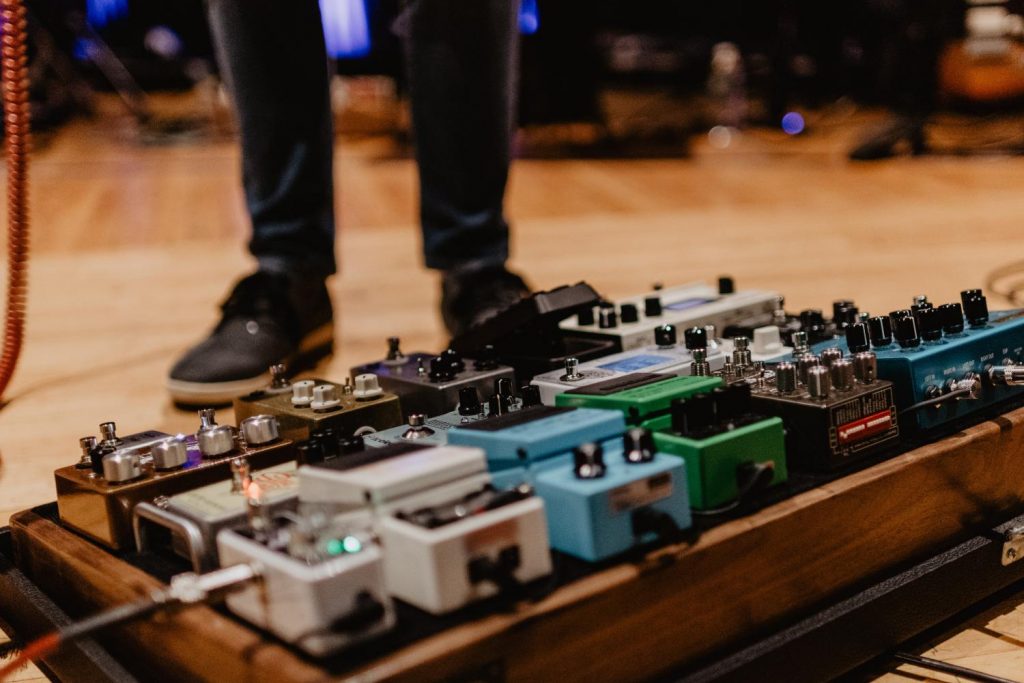Wrong. It doesn’t sound very much like the original. The chords keep jumping all over the place. Nothing flows quite right. Never fear, the answer to your problem could be much simpler than you think and lies within the magical world of inversions.
Inversions provide a foundation for playing, writing and listening to music. They are a vital element in developing melodies and bass lines*. It takes just a few simple steps to break down chords – permitting you to make fast changes within a small sonic space. Alternatively, break them up into wide frequency bands that rapidly fill with newfound harmony and feeling.
We all know how different the major key sounds to its minor. Well, inverting any major interval will turn it into a minor. See the following major third in C become a minor sixth in A by moving the C up an octave.
But above all of this, inversions simply make your life easy. When dealing with triads – a three note chord – on the piano, you will be familiar with the root position. This means the root note is situated on the bottom of the chord. This is typically the arrangement most chord charts will show.
A first inversion moves the third of the triad to the bottom. A second inversion moves the fifth of the triad to the bottom.
Let’s start with a simple exercise that demonstrates the core effect inversions can have on your playing. Use your right hand to play the I-IV-V progression in the key of C – this means you don’t have to worry about any black notes just yet. The three chords broken down into their individual notes are as follows: C–E–G, F–A–C, and G–B–D. On your chord chart this will look like this:
Hot Tip: Using your thumb, middle finger and pinky to play triads will help you enormously in the long run!
Now, moving from a C to an F chord as above you not only played a C note in two different octaves but you had to shift your wrist to get there. This time, keep your right thumb on the bottom C, and move your middle and pinky fingers to the right one note. You are now playing an F chord in its second inversion – effectively we have moved the C from the top of the chord to the bottom.
See how easy and quickly you can move from a C to an F chord and back again. Notice how the chords sound much closer together compared to playing them in the first instance. To go from this F inversion to a G chord you now have two easy choices. Firstly, you could hold your hand positioning and shift your wrist, moving each finger just one note to the right like so:
The problem here is that it is now difficult to return to the original C chord using the same fingers we began with. This isn’t necessary if you’re going on to play a different chord, however, for the sake of this exercise we want to play the G in its first inversion.
But wait! Notice where your index and ring fingers rest on the piano when you’re playing the F chord – basically on a D and a G hey? Leave these fingers where they are and move your thumb down to the B and you’re there!
Now it’s a simple step to move back to the original C chord – remembering to use the same fingers you started with.
Not only can you hear a distinct difference between these two arrangements but your playing technique differs as well. The first arrangement forces you to hold the same fingering pattern and move your wrist to find subsequent chords. The latter arrangement relies on adjusting your fingers whilst holding your wrist in one position. These practices are invaluable to your technique. You will appreciate them when you up the tempo.
This is but a first look into the vast impact of inversions. Stay tuned for more exercises and an in depth discovery of how you can shape your sonic disposition.












